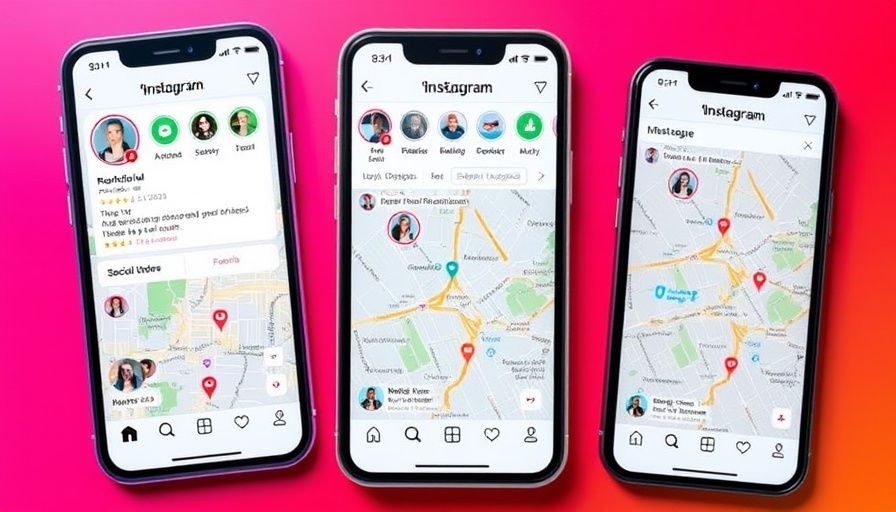
Understanding Instagram Map: An Overview
Instagram has recently introduced a new feature known as "Instagram Map," which enables users to share their active location and discover location-tagged content from others. While similar to Snap Map, where users can share location information with peers, Instagram Map requires users' explicit consent to share their location. Adam Mosseri, the head of Instagram, emphasized through a post on Threads that although the feature is opt-in, users have expressed confusion about its operation. The default setting does not allow others to see your location without your permission.
Importance of Privacy in Location Sharing
As young professionals and tech enthusiasts engage with social media for connectivity and growth, the balance between sharing personal experiences and protecting personal privacy becomes crucial. Concerns about data privacy can lead to misunderstandings, as users mistakenly believe their locations are shared automatically. Instagram reassures users that it operates on a double consent mechanism—which means you control who sees your location, and it only updates when you open the app. Such safeguards align with the growing demand for personal data security in the digital world.
How to Control Your Location Settings
Accessing the Instagram Map is straightforward. Users will find a new "Map" option on their Direct Messages page. Once accessed, they will receive instructions on who can view their location. You can choose to share your location with all followers, only 'Close Friends,' selected users, or opt-out completely. To modify these settings, you can conveniently head to your profile, access settings, navigate to "Story, live and location," and update your preferences under "Location sharing." This personal control allows users to navigate their visibility while enjoying the benefits of location-based features.
How the New Feature May Affect Content Engagement
The launch of the Instagram Map could influence user behavior regarding posting and sharing location-tagged content. With increased awareness of how location tags could be seen by others, individuals might reconsider the practice of tagging locations in Stories or Reels. It’s vital for users to weigh their desire for engagement against potential privacy risks when sharing content that reveals their whereabouts. Influencers and brands will also need to balance authentic engagement while ensuring they adhere to best practices for data protection.
Future Tech Trends in Privacy and Security
As data privacy concerns elevate among users, technologies designed to protect personal information are advancing. Next-gen technology is hybridizing AI-driven tools with data privacy innovations, addressing security like never before. These developments highlight that the future of social media platforms will likely feature enhanced privacy measures. Users can expect to see technologies that leverage AI for real-time data protection, ensuring that individuals can securely enjoy social media without jeopardizing their personal information.
Conclusion: The Path Ahead
In a world where digital interaction is omnipresent, understanding and controlling privacy settings like those offered by Instagram Map is essential. As users, awareness of how to navigate these features allows for a more secure sharing experience without compromising personal safety. Technology continues to evolve rapidly, and so too do the tools that help us protect our data. By staying informed, users can foster a secure digital environment conducive to both personal and professional growth.
 Add Row
Add Row  Add
Add 




Write A Comment